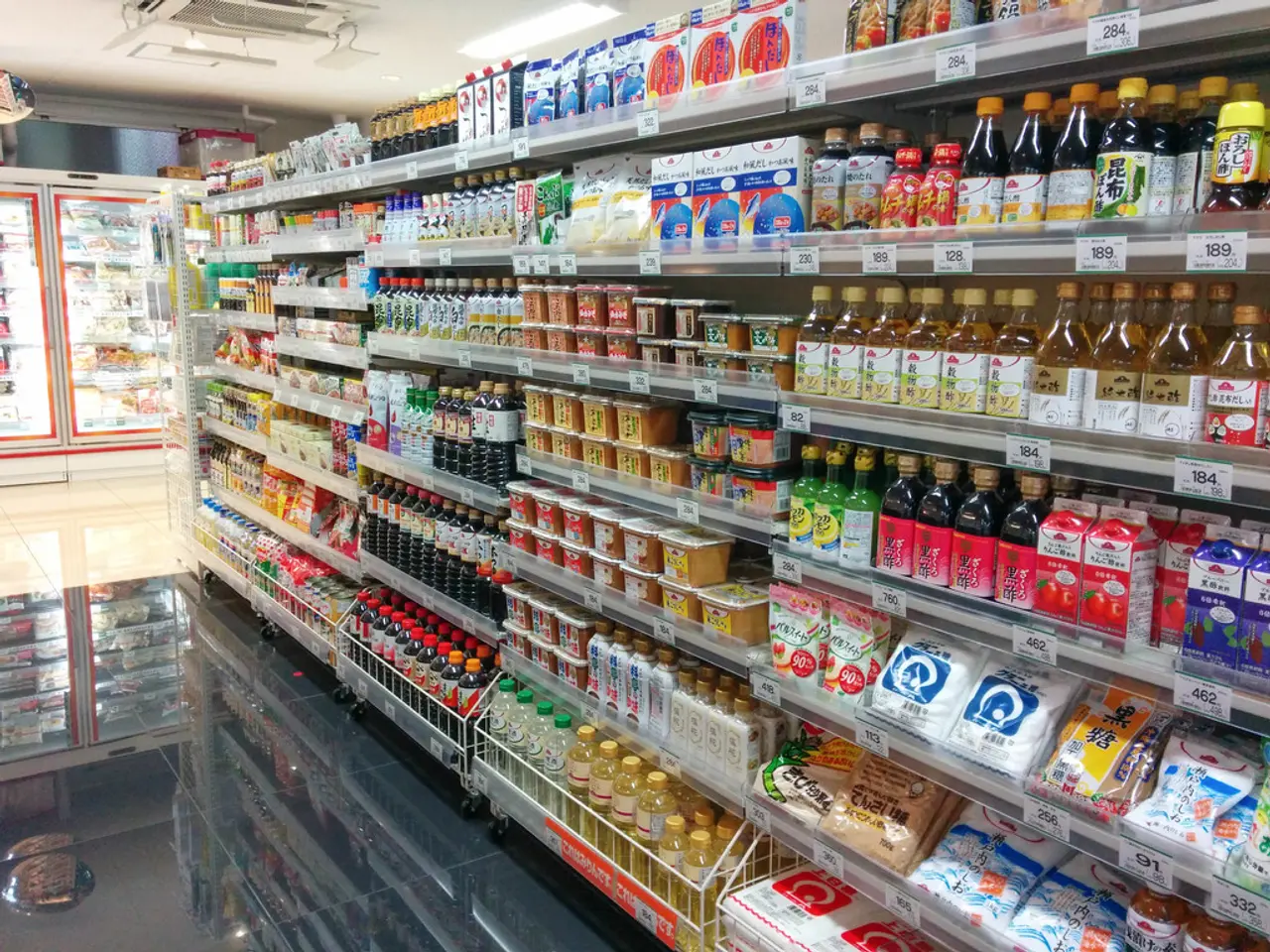International Struggle for Dominance: Who Holds the Access Codes for Survival?
In the face of a growing global population of 8 billion people, no single nation possesses the land, resources, and infrastructure to sustainably produce enough food to feed everyone. Recognizing this challenge, countries are implementing a variety of strategies to secure global food, water, and energy supplies.
One key approach is the enhancement of agricultural productivity with a focus on sustainability. Governments are investing heavily in advanced technologies and better farming practices, such as precision farming, improved livestock feed, and regenerative agriculture. These innovations aim to boost food production while reducing environmental impacts and greenhouse gas emissions. Additionally, there's a push to adopt emission reduction technologies in agriculture, which can cut required productivity increases by nearly half by 2034.
Another strategy involves the adoption of climate-resilient agricultural practices. Efforts are underway to cultivate drought- and salinity-tolerant crop varieties in vulnerable regions like Southeast Asia, to combat climate-induced challenges such as droughts and floods. Moreover, ecological corridors are being developed to protect biodiversity and sustain livelihoods, reflecting a broader systemic approach to adaptation and resilience in food systems.
Policy coordination and trade facilitation are also essential components of these strategies. Countries emphasize multilateral cooperation and maintaining open global food markets as crucial for balancing surpluses and deficits, stabilizing prices, and improving access to food globally. A rules-based global agricultural trade system is seen as pivotal for food security, allowing efficient distribution across countries and helping contain market volatility.
Investment targeting vulnerable regions and populations is another critical component. Increasing support and market access for low-income and food-insecure populations, especially in sub-Saharan Africa and South Asia, are key to ensuring food availability and nutrition security.
Digital technology and data integration are also envisioned to enhance agricultural efficiency, monitor resource use, and facilitate rapid response to food system disruptions, supporting better planning for water and energy resources linked to agriculture.
Collectively, these strategies involve a blend of technological innovation, policy coordination, targeted investments, and sustainable practices to manage the increasing demand for food, water, and energy responsibly. The OECD and FAO stress that while tools exist to end hunger and boost security, their success depends on cohesive international action and sustained commitment to sustainable development principles.
In the realm of renewable energy, Norway, Iceland, Sweden, Denmark, and Switzerland are leading countries in production and overall energy sustainability, with high shares of hydropower, geothermal, wind, and other clean energy sources, as well as strong policies and investments driving the transition towards 100% renewable energy.
Transitioning to renewable energy sources at the scale required to meet the energy needs of 8 billion people would be extremely difficult for any individual country to achieve alone. Countries like China are positioning themselves as dominant players in the renewable energy sector, being the largest consumer of energy and the world's largest producer of solar panels and wind turbines.
Brazil possesses the largest renewable freshwater resources in the world, with the Amazon River basin being a crucial water resource not only for Brazil but also for neighboring countries. Canada has a significant advantage in controlling water resources due to its abundance of freshwater lakes and rivers and advanced water management systems and regulations.
Russia holds a significant advantage in controlling global fresh water due to its vast freshwater reserves and large river systems, including the Volga and Lena rivers, and the world's deepest lake, Lake Baikal.
However, it is clear that a collaborative, international effort would be necessary to address the challenges of food, water, and energy sustainably for the growing global population. The only sustainable answer to world competition for resources is world cooperation for resources.
- Advancements in environmental-science and technology, such as precision farming, could potentially reduce greenhouse gas emissions related to agriculture, contributing to the global fight against climate-change.
- The strategic adoption of climate-resilient agricultural practices, like cultivating drought-tolerant crops, could help mitigate agricultural vulnerabilities in regions affected by climate-induced challenges, such as droughts and floods.
- To ensure energy sustainability for the growing global population, nations are encouraged to invest in renewable energy sources, with countries like Norway, Iceland, Sweden, Denmark, and Switzerland leading the way in renewable energy production.




